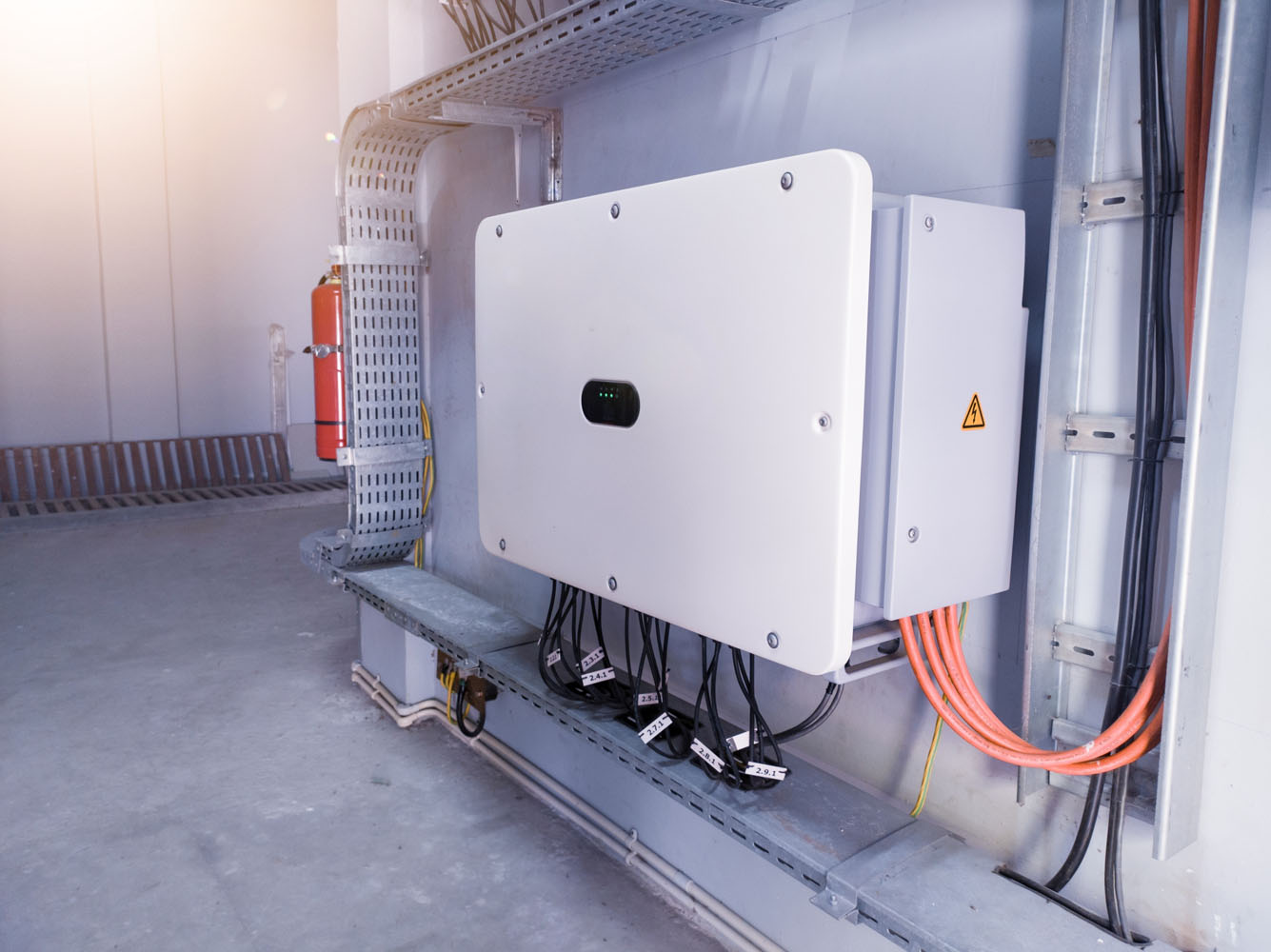When shopping for a heat pump, you’ll come across various efficiency ratings, including COP and HSPF. But what do these terms mean, and how do they impact the performance of your system? In this blog, we’ll break down these key efficiency metrics and explain why they matter for your home.
1. What is COP (Coefficient of Performance)?
COP is a measure of how efficiently a heat pump can convert energy into heat. The higher the COP, the more heat the system produces for each unit of electricity it consumes.
- How it works: For example, if a heat pump has a COP of 3, it means the system generates 3 units of heat for every 1 unit of electricity used.
- Why it matters: A higher COP indicates a more energy-efficient system, which means lower energy bills and less environmental impact.
2. What is HSPF (Heating Seasonal Performance Factor)?
HSPF measures the total heating output of a heat pump over the entire heating season, compared to the amount of energy it consumes.
- How it works: HSPF is calculated in the same way as COP but takes into account seasonal variations in temperature and performance.
- Why it matters: The higher the HSPF rating, the more efficient the heat pump is at maintaining heat in colder weather. Look for a system with an HSPF of 8 or higher for optimal performance.
3. Other Efficiency Metrics
- SEER (Seasonal Energy Efficiency Ratio): This rating measures cooling efficiency and is more relevant in warmer climates where the heat pump will be used primarily for air conditioning.
- Energy Star certification: Heat pumps with this certification meet or exceed energy efficiency guidelines set by the government, ensuring you’re getting a highly efficient system.
Conclusion: Understanding efficiency ratings like COP and HSPF can help you choose the best heat pump for your home. Systems with higher ratings will provide more heat for less energy, leading to significant savings over time.







